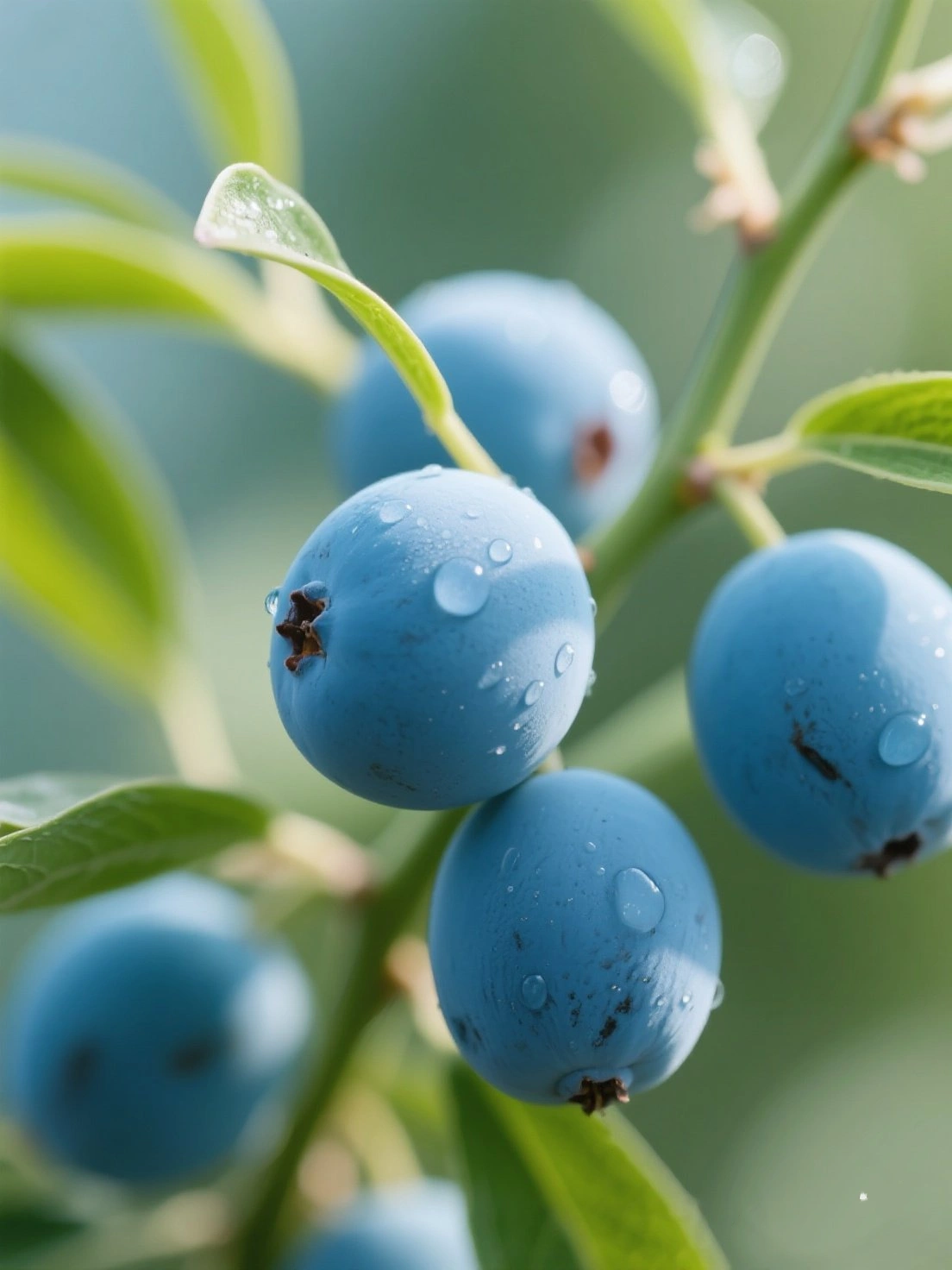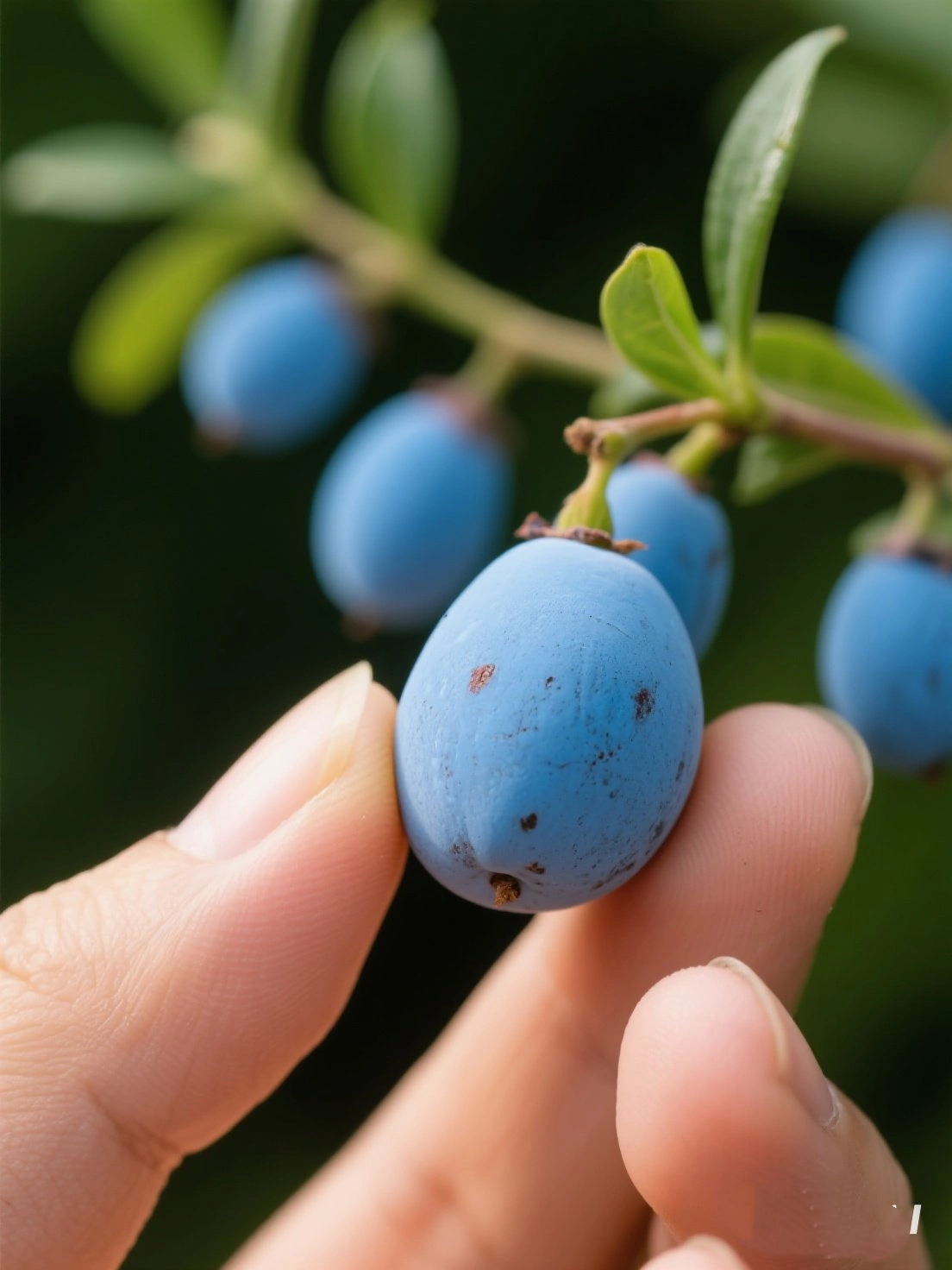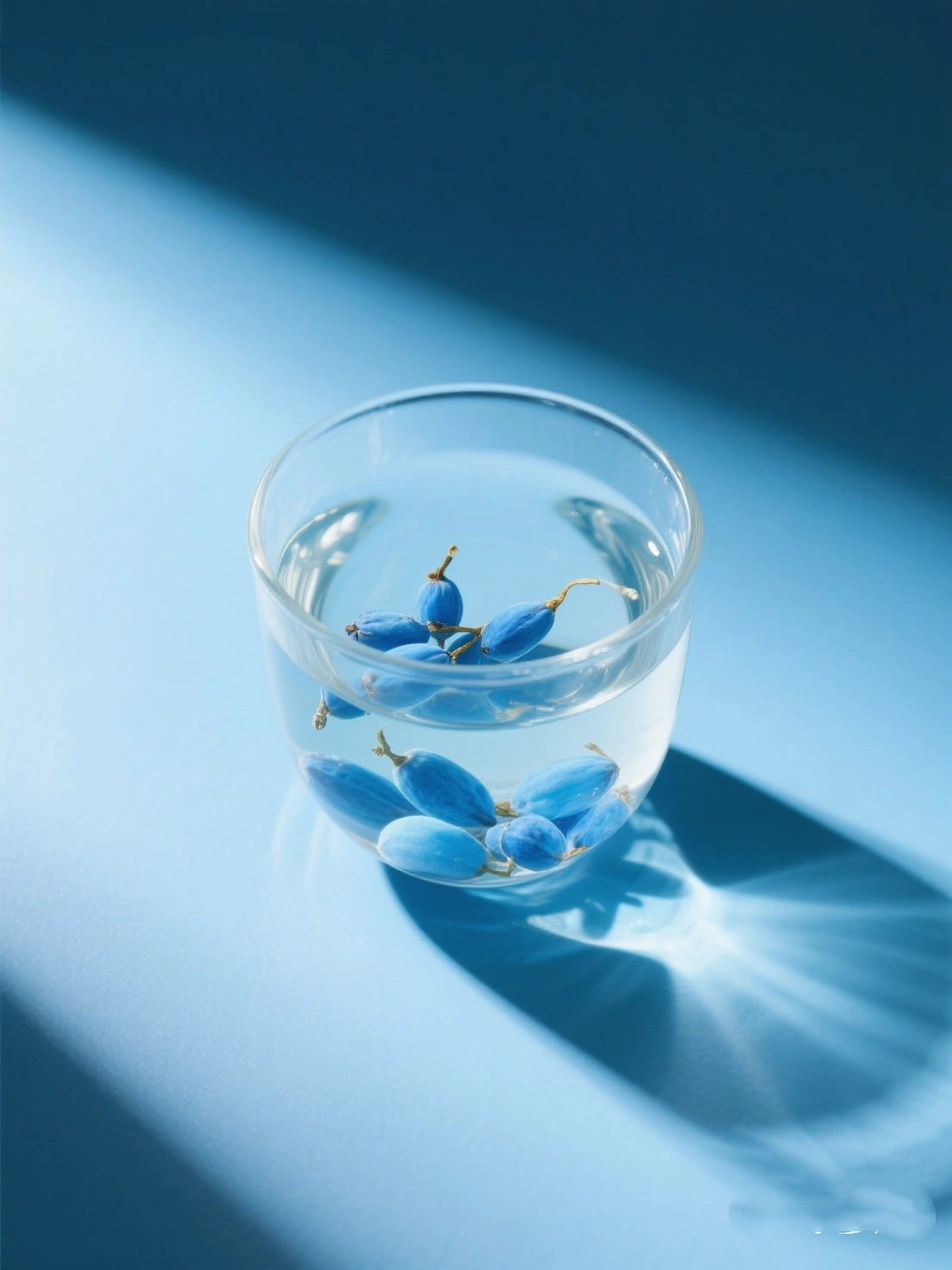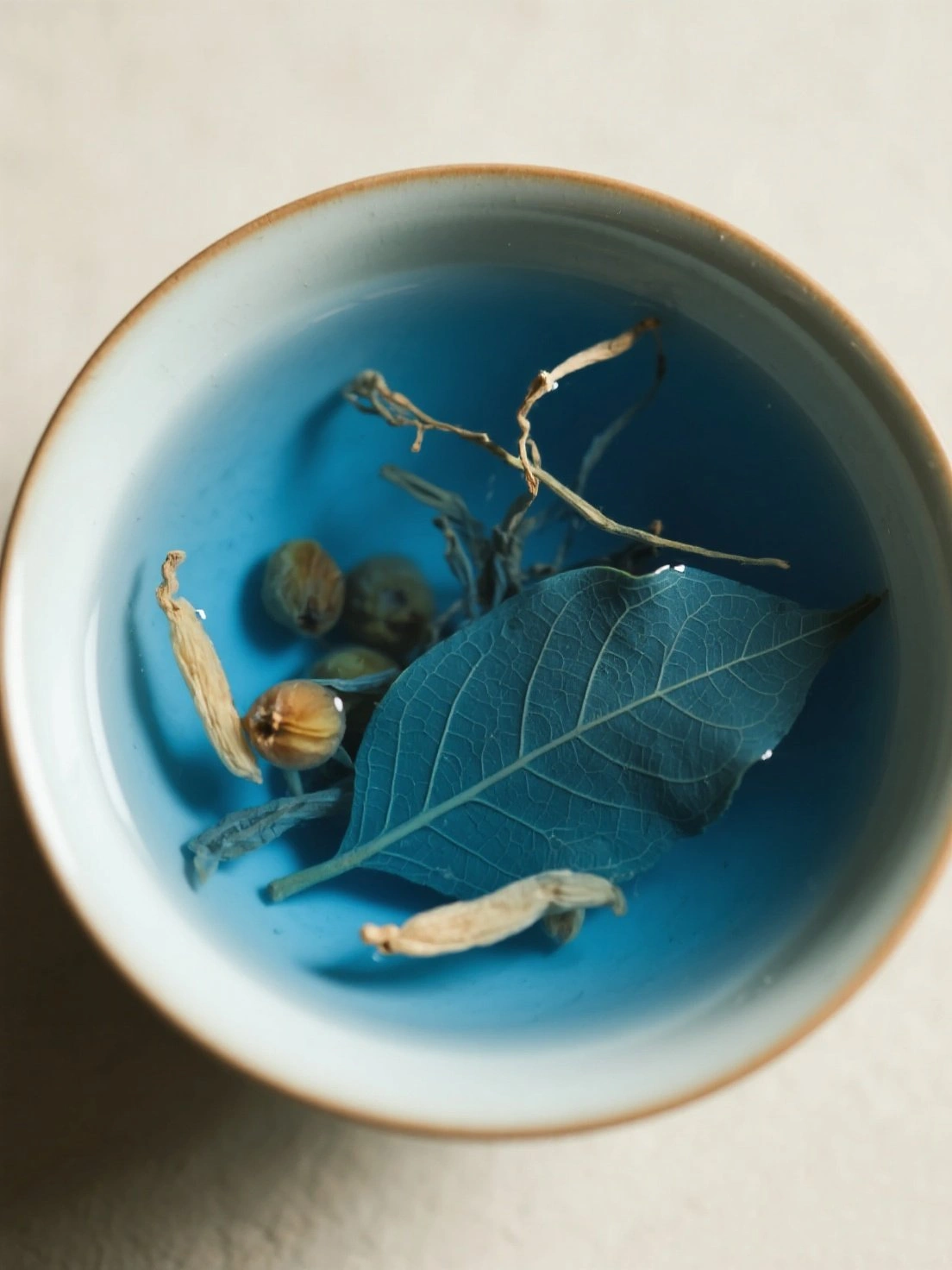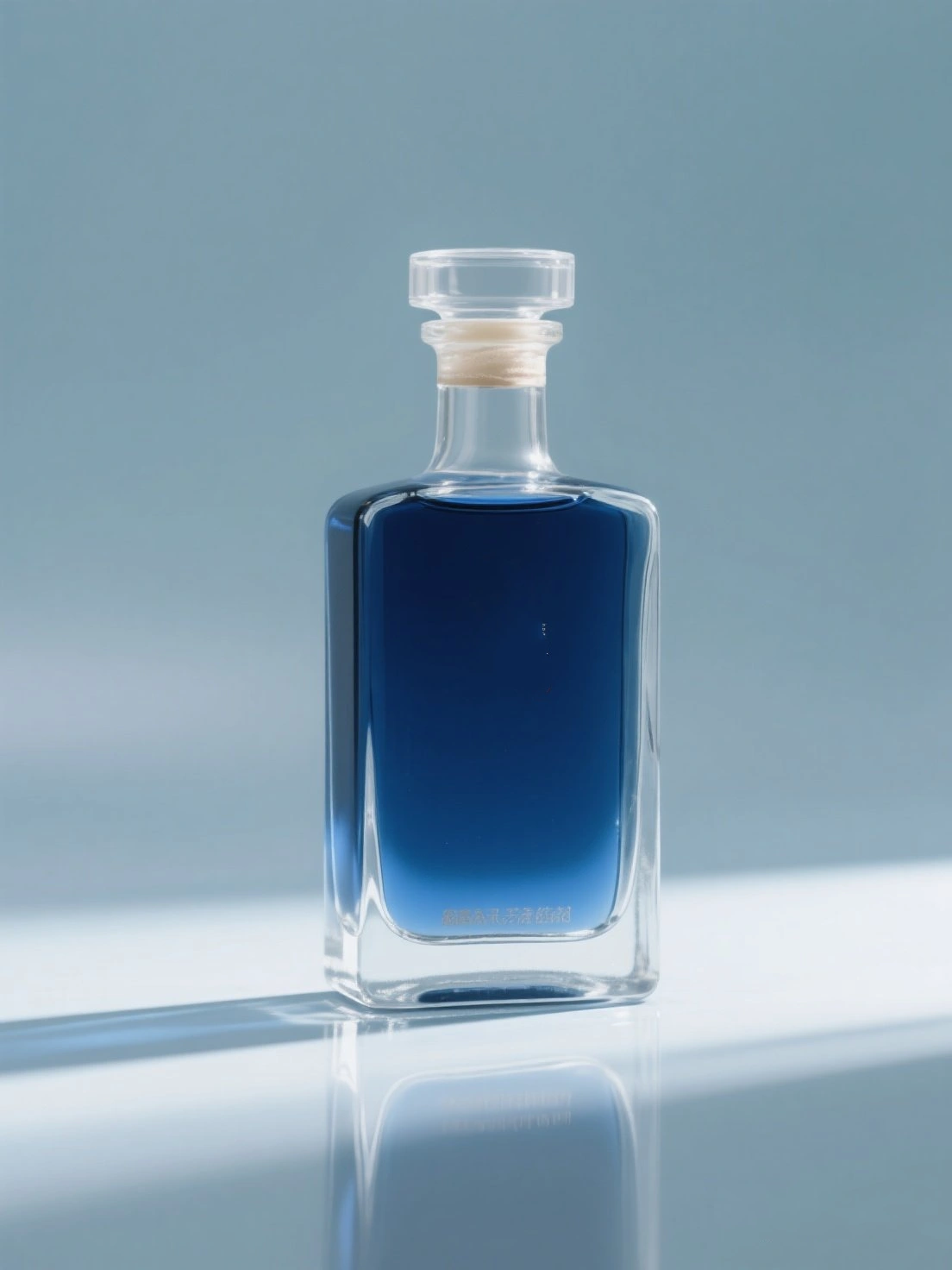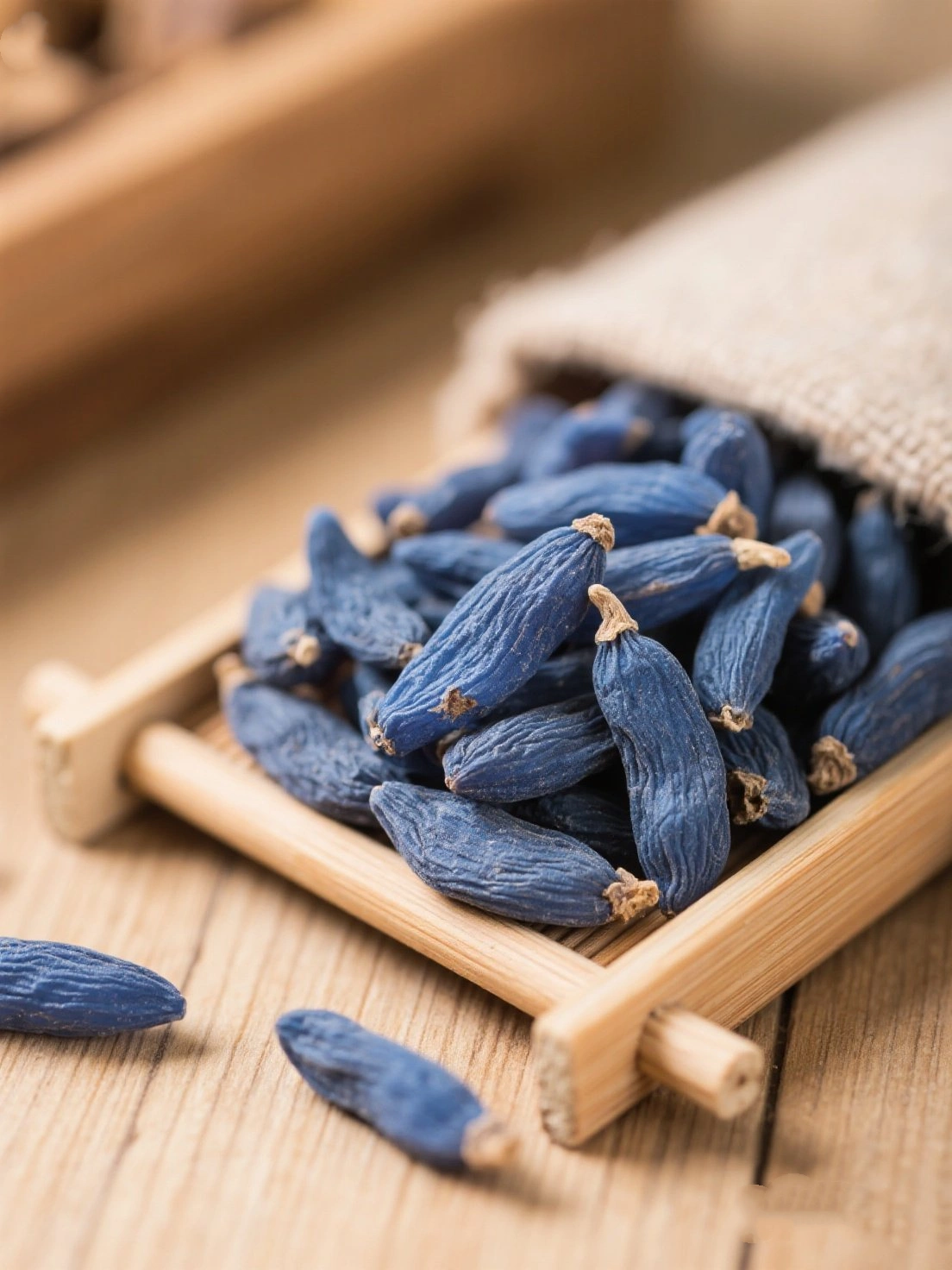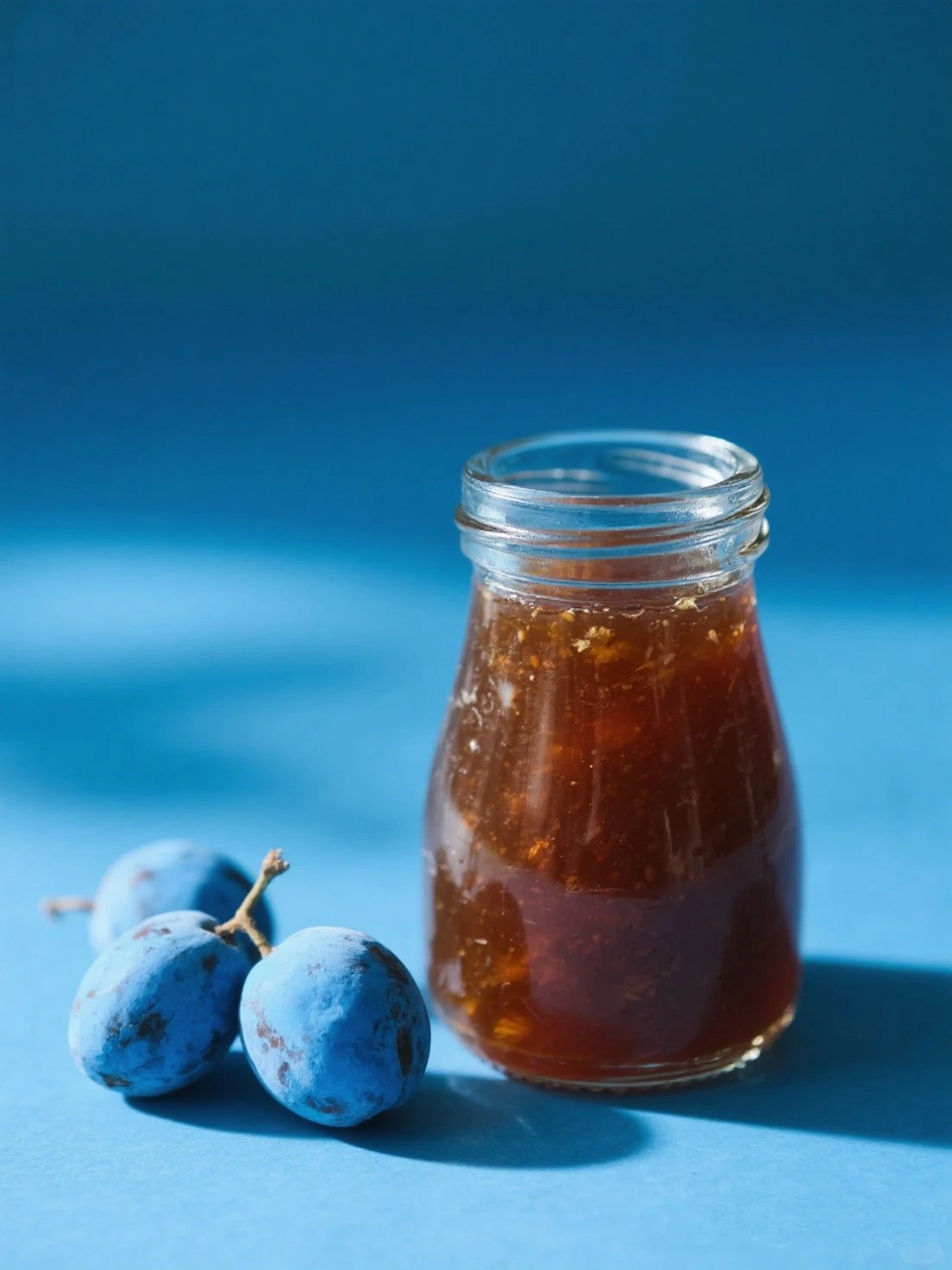The maidong berry (Ophiopogon japonicus), known as Ophiopogon fruit in Chinese, is the striking fruit of the dwarf lilyturf plant, a species highly valued in Traditional Chinese Medicine. These small, round berries measure 6-8mm in diameter and mature to a deep blue-purple color with a glossy sheen, resembling tiny jewels.
These berries develop from the delicate white or pale purple flowers of the Ophiopogon plant, which is primarily cultivated for its tuberous roots (Radix Ophiopogonis). While the roots are more commonly used medicinally, the berries contain similar bioactive compounds and have been used in folk remedies for centuries.
Native to China, Japan, and Korea, Ophiopogon japonicus thrives in warm, humid climates. The berries typically ripen in late summer to early autumn, offering not only medicinal value but also ornamental beauty with their vibrant color contrast against the plant's dark green, grass-like foliage.
